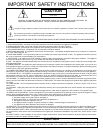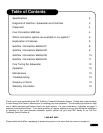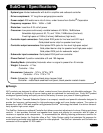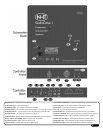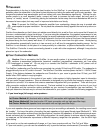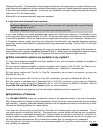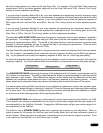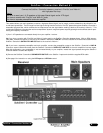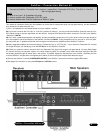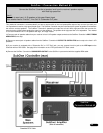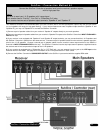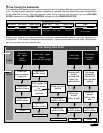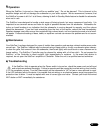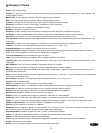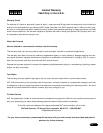
This method of connection is recommended when you have a receiver with no line level preamplifier output of any sort and you want to
run your speakers full range (no high-pass filtering). If your receiver features two sets of speaker output terminals (“Speaker A” and
“Speaker B”), you may use “Speaker B” to connect the SubOne i Controller.
1) Connect a pair of speaker cables from your receiver’s “Speaker A” outputs directly to your main speakers.
2) Connect a second pair of speaker cables from your receiver’s “Speaker B” outputs to the SubOne i Controller’s INPUT FROM AMPLI-
FIER barrier strip.
3) If your receiver is not equipped with “Speaker A” and “Speaker B” output terminals, you may connect both the L & R speakers and
the SubOne i Controller in parallel from the same terminal. Connect one pair of speaker cables from the receiver’s speaker output ter-
minal to the L & R speakers. Connect a second pair of speaker cables from the receiver’s same output terminal to the SubOne i
Controller’s INPUT FROM AMPLIFIER barrier strip. The SubOne i Controller’s barrier strip input does not present a significant load to
the receiver and will not compromise its output to the L & R speakers.
4) If your receiver is equipped with a "Subwoofer Out" or "LFE Out" jack, you may connect from this jack to the LFE Input on the
Controller with an RCA cable. See page 6 for information on the LFE Input and the LFE Gain control.
5) Connect the SubTwo i Controller’s SUBWOOFER OUTPUT to the SubTwo i input terminal with the supplied RCA cable.
Connect the SubOne i Controller at speaker level from the receiver’s speaker outputs,
with no high-pass filter
Use if:
You wish to send your L & R speakers a full range signal
Your receiver has no “Pre-Out”, “Line Out” or “Subwoofer Out” jacks
Your receiver has two sets of speaker output terminals: “Speaker A” and “Speaker B”
SubOne i Connection Method #4
11
SubOne i Connection Method #4



